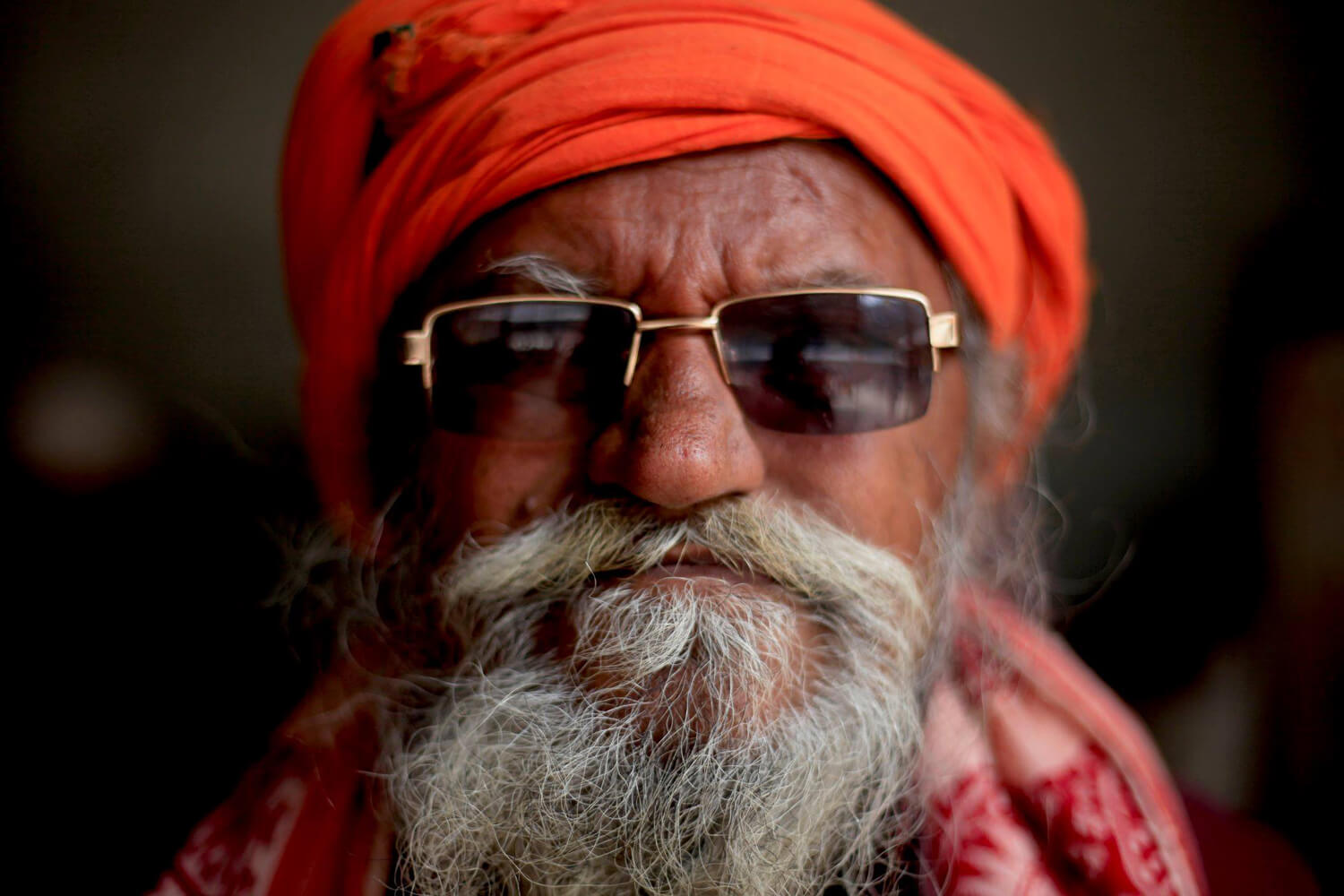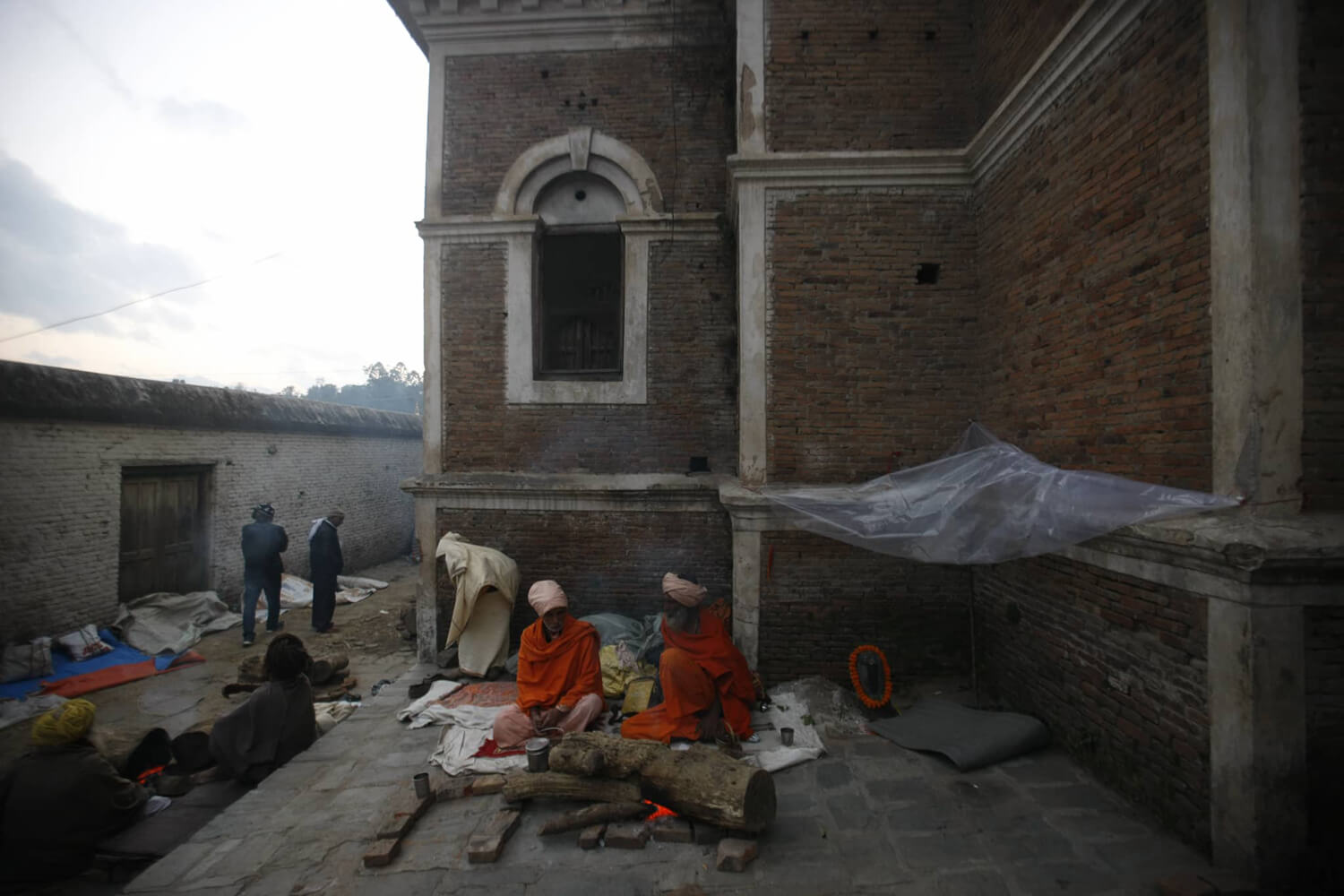Maha Shivaratri

As every year, Hindu devotees from all over the country and neighboring India have gathered to the sacred Pashupatinath Temple for the annual Maha Shivaratri festival. Observed on a new moon day on the 11th month of the Nepali lunar calendar, the festival marks the convergence of Shiva and Shakti and is the celebration of the god of destruction.
Devotees primarily celebrate Shivaratri at night, as its name suggests, by maintaining an all night vigil, offering prayers and enjoying with music and dances, along with bonfire. Pilgrims wait in queues long before daybreak to pay homage to Lord Shiva.
Also:
In the name of the lord, Alok Tumbahangphey
During the day, Sadhus with their faces painted and bodies smeared with ash are seen meditating, fasting and smoking cannabis. They also offer ganja and bhang to people around them as Shiva's prasad.
While the authorities have often overlooked the use of marijuana on Shivaratri because of its religious significance, Pashupati Area Development Trust last year enforced a restriction that allowed authorities to arrest visitors caught smoking or in possession of the intoxicant. Only the men in saffron were exempt from the ban. This year, however, there is a complete ban. Many have also shifted base and moved to Doleshwor Mahadev in Bhaktapur that provides better lodging and fooding for the devotees.
Photojournalist Bikram Rai and Monika Deupala were in Pashupatinath and Doleshwor Mahadev this week to capture the essence of the lively festival.












Read also:
Jammin' in the ratri, Paavan Mathema




